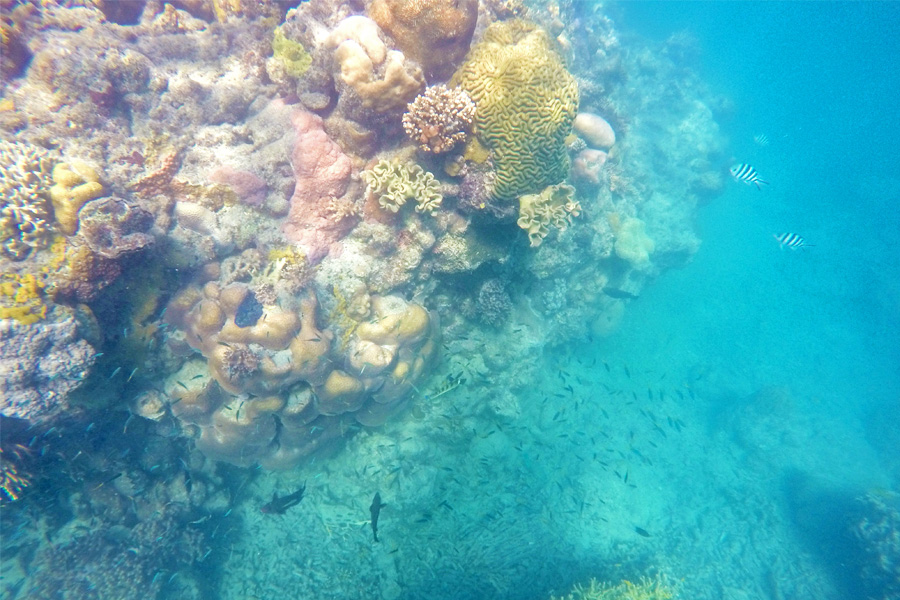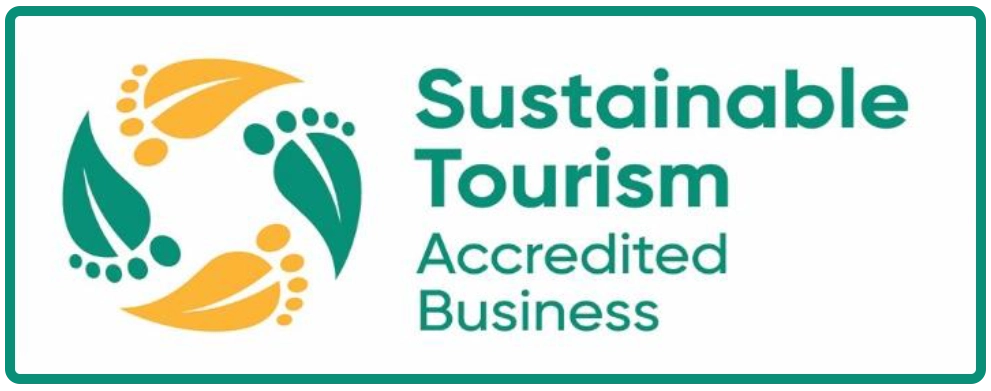Coral Spawning on the Great Barrier Reef

Reminiscent of a snow globe, coral spawning is the most spectacular annual event on the Great Barrier Reef. Put simply, coral spawning is the reproduction of the Great Barrier Reef - it’s even been nicknamed the world’s largest orgasm on the world’s largest organism. Occurring only once a year, this enchanting sequence involves colonies and species of coral polyps releasing tiny egg and sperm furls into the water. The simultaneous expulsion of the eggs and sperm creates a perfect environment for fertilisation to take place.
Taking place just after a full moon and only when the water has warmed and stimulated the maturation of adult coral, the mass spawning usually lasts between a few days to a week. Various other environmental factors including the tide, the day length and the salinity levels affect when the event takes place.
Coral species release their eggs and sperm on varying days in a bid to prevent hybrid species from being produced. It’s also important to note that the mass coral spawning doesn’t occur across the whole Great Barrier Reef at the same time. Depending on location, coral within inner reefs generally begin spawning one to six nights after the first full moon in October, whereas outer reefs begin spawning during November and December.
In 2020, the inner reefs spawned in early November, and the outer reefs are predicted to begin from the 3rd to the 5th of December. While experts are able to predict a general time frame of when spawning will occur, the exact dates and the trigger for the annual mass spawning remains a mystery. Tell-tale signs of coral spawning aren’t observed until 20 to 30 minutes before the event, speaking to the enigma that is the Great Barrier Reef.
Coral spawning only occurs at night, when most plankton feeders are asleep, in order to give the eggs a good shot at survival. The phenomena resembles a snowstorm, with floundering, floating speckled orbs of white, red, yellow and orange. The bundles of eggs and sperm rise slowly to the surface of the ocean, where the fertilisation process begins.
When fertilised by sperm, an egg develops into coral larva called planula. Planula floats around in the water for several days or weeks before eventually settling onto the ocean floor. When it has settled, it begins to grow and the coral colony develops.
Mass coral spawning is beneficial for the entire Great Barrier Reef ecosystem: it provides ready food for marine creatures, particularly nocturnal animals like plankton and some types of fish.
Coral spawning events also attract tourists from all over. Best seen while scuba diving at night, snorkellers and above-water observers can also witness the beauty of the coral spawning from above when the larvae form streams on the surface of the ocean after they are released. The Great Barrier Reef covers a large area, meaning coral spawning may occur at different times on the reef, depending on local conditions.












